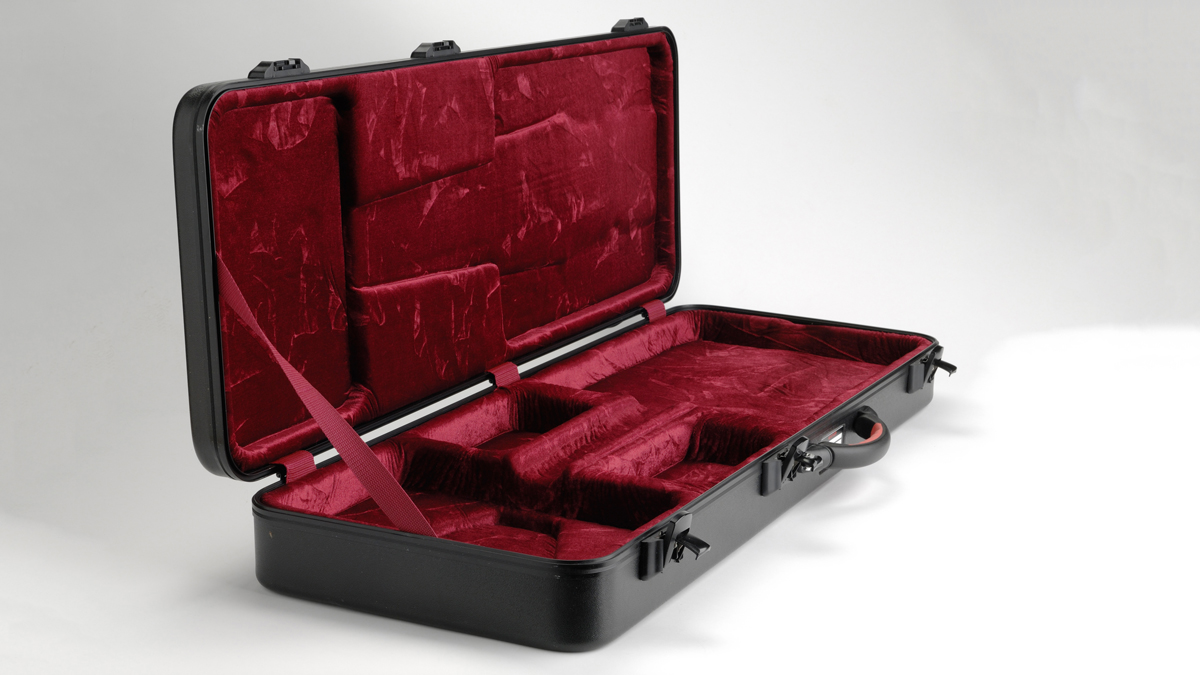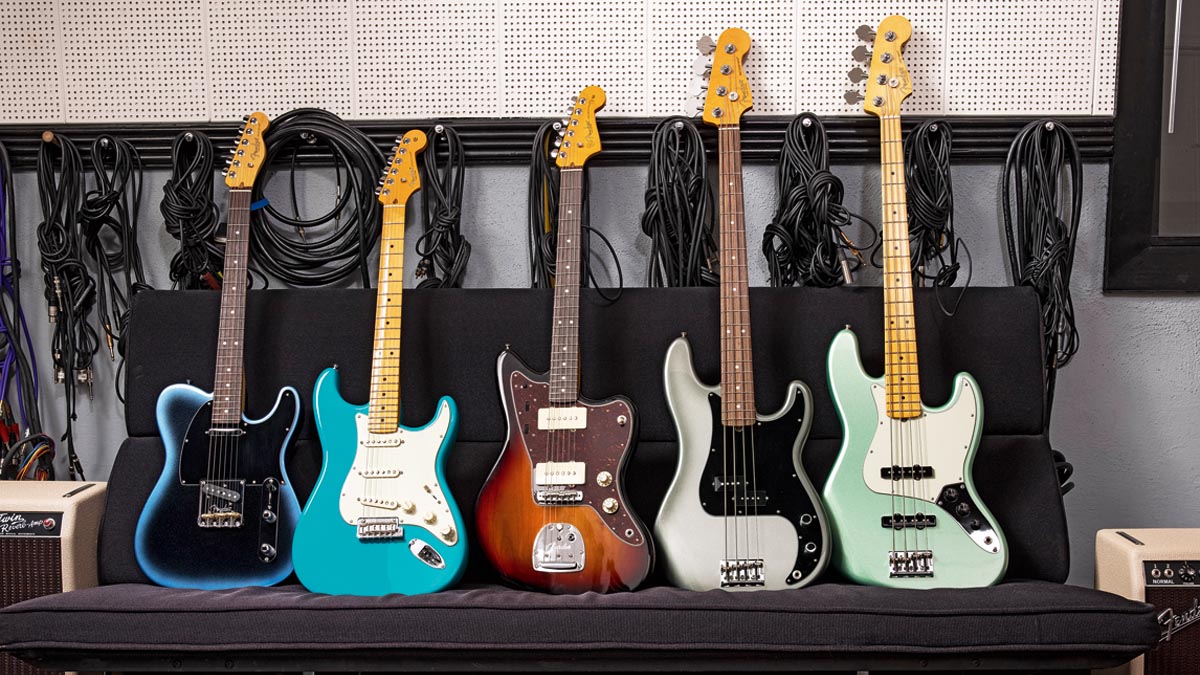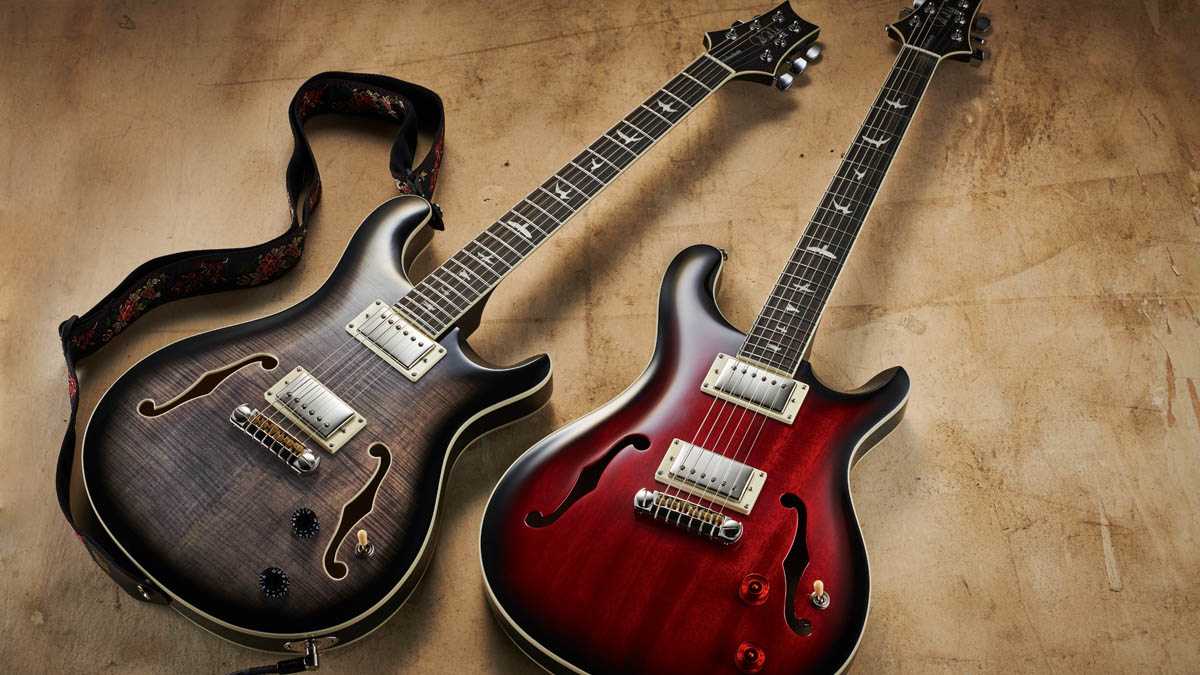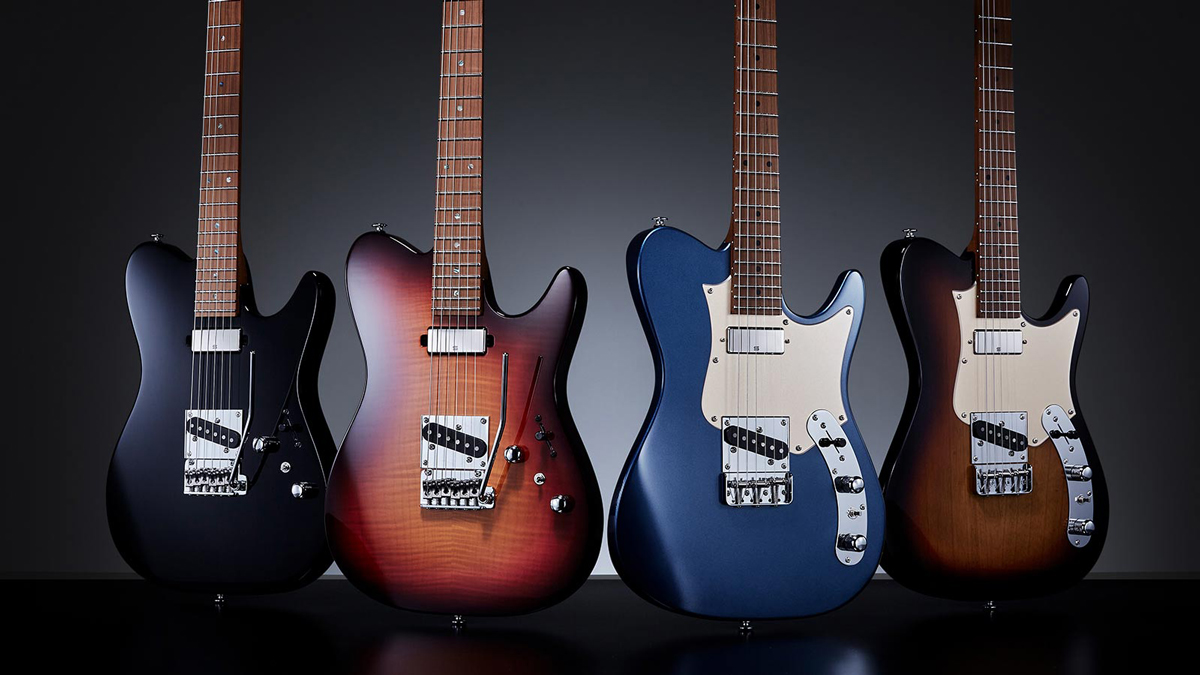How peak demand and Covid-19 caused an electric guitar shortage
The guitar's surge in popularity over the pandemic is cause for celebration – but it has left manufacturers and retailers struggling to keep up with demand

If you’ve tried to buy a new electric guitar over the past six months or so, you may have noticed something fairly strange: guitar stores don’t have much stock.
While retailers are very far from completely running out of new electrics, popular ranges seem to be selling out in a few weeks or even days, leaving those who want a particular model from a major brand – such as Fender and Gibson – with little option but to join a waiting list.
I know this from experience, having been lucky enough to buy two new Fenders since Covid-19 put life on hold. The first was an American Ultra HSS RW Stratocaster, which I originally wanted in Cobra Blue, but had to ‘settle’ for in Ultraburst after being told by my local store – GAK, in the UK – that I’d be waiting at least two months for another shipment. The second was an American Professional II Jazzmaster RW Mercury, the only color and fretboard option left in the recently launched Pro II Jazzmaster line.
However, it’s not only personal experience which reveals stock issues, but multiple conversations with guitar manufacturers and retailers. Across the board, makers and stores report that a combination of record demand and the coronavirus pandemic has resulted in an electric guitar shortage in many parts of the world.
Manufacturing contraction meets a spike in interest

While some manufacturers would shy away from specifically using the word “shortage,” all acknowledge that demand is currently outstripping supply. As Fender Product’s EVP Justin Norvell explains, there are two main reasons for this.
“The challenge we are currently working through is that there was an initial contraction when global lockdowns occurred, and companies had to react by either ceasing or reducing output. That was then immediately followed by a sustained spike in interest, and the two extremes were very close together, so as a result there is some catch-up that’s currently taking place industry wide,” he tells Guitar World.
Fender actually enjoyed its best year of sales in 2020, with CEO Andy Mooney telling the New York Times in September that 2020 would be “the biggest year of sales volume in Fender history.” He also reported that the company witnessed “record days of double-digit growth, e-commerce sales and beginner gear sales,” as people –including a growing proportion of women – sought to fill days at home with creative pursuits.
All the latest guitar news, interviews, lessons, reviews, deals and more, direct to your inbox!
Gibson CEO James Curleigh reported a similar story to the Times. “We literally couldn’t deliver enough [guitars],” he said. “Everything we were making, we could sell.”
But when you take a surge in interest and add disruption to production, you end up with a situation that has prevailed since at least the second half of last year: a relative lack of electric guitars in stores.
“It backs up all the way through the supply chain of components and raw materials, however it’s important to note that we realize we are in a better circumstance than other industries like the automotive sector, which has been hit hard by the current chip shortage,” Justin Norvell says.
Demand ‘50% higher’ than supply

Fender itself doesn’t provide a breakdown of how far supply is currently falling short of demand. However, retailers are a little more forthcoming with figures.
“We’re more than 50% over last year with the slope of demand remaining consistent. In many instances, as soon as we receive guitars, allow them to acclimate for 24 hours, and complete our best-in-class 55-point inspection, they ship right back out to customers,” says Shep Shepherd, the VP of merchandising at Sweetwater.
The problem appears to be even more acute in the United Kingdom and elsewhere in Europe. Andertons – one of the biggest guitar stores in the UK – tells Guitar World that the supply of many guitar-related products has been a problem for the retailer over the past 12 months.
In some months demand has been up to 50% higher than we’re able to supply
Lee Anderton
“An increase in demand coupled with factory closures and supply chain disruption has meant that in some months demand has been up to 50% higher than we’re able to supply,” says MD Lee Anderton.
Anderton also notes that this issue is affecting North American electrics more than Asian-made alternatives. “It seems that the South Asian manufacturers were quicker to get over the supply problems than the western brands were. Even now we still have significant shortages on American-made products,” he says.
Even in the United States, imports of non-American electrics declined in 2020, resulting in a supply shortage for anyone who wanted a more affordable model. According to Music Trades’ latest Import Tracker report, imports into the U.S. declined by 15.8% in 2020 compared to 2019, with guitars from China making up the bulk of incoming stock.
A new normal

As difficult as it may be right now to buy your first-choice electric guitar in your first-choice color, manufacturers report that their situation is improving constantly.
“We are making progress every day and the great news is that demand remains high, so it’s not indicative of a temporary spike. It appears to be a movement and a new normal, which we are adapting the business to meet,” says Justin Norvell.
Stores also confirm a steady increase in stock, with Sweetwater expecting things to return to normal in the second half of the year.
We’re confident that our in-stock position will progressively improve each week for the next several months and stabilize late this year
Shep Shepherd, Sweetwater
“We’re confident that our in-stock position will progressively improve each week for the next several months and stabilize late this year as our vendor partners do their very best to supply instruments to help us grow more players and help people pursue their musical dreams,” says Shep Shepherd.
Across the pond, the situation seems a little less sanguine, even if retailers are hardly complaining about the explosion in demand.
“Some major brands are suggesting that by March/April 2021 they will have taken orders for everything they can produce in 2021!” reports Lee Anderton. “It means we’re having to forecast orders up to 12 months in advance in order to secure the stock we want.”
This obviously makes things difficult for stores, but looking at the longer term picture, the rise in interest is extremely encouraging for the guitar industry and music in general.
As Justin Norvell concludes, “This renaissance is a positive for the music community. It may lead to a music boom in the near-future and some new genre, style, or movement, which is exciting.”
